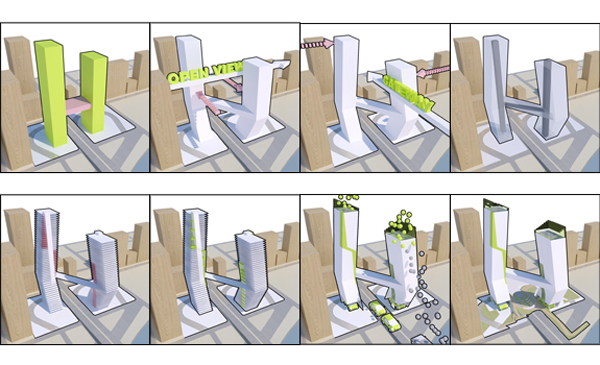Researchers at UBC have studied the recycling behaviour of people who work in green buildings to those who don’t and found that – regardless of their past habits – people in green buildings recycle more. This is really nifty because it proves that design of an interior space alone can impact how people recycle and the efficiency of waste management.
“Design can absolutely influence people,” Susan Gushe, a principal with the firm, told CBC News.
She says there are several things designers take into consideration when integrating recycling and garbage receptacles into buildings, such as:
- Locating them in areas where people are likely to use them, such as the CIRS’s kitchenettes.
- Making bins easy to access for patrons and maintenance staff.
- Clearly labelling bins.
- It’s also important to make the recycling hubs look good, she said.
“Do you want to see great big bins out in the corridor? No, not really,” says Gushe. “You want to integrate the utilitarian things in a building into the fabric of the building, so that you don’t have this really ugly stuff sitting out there.”


